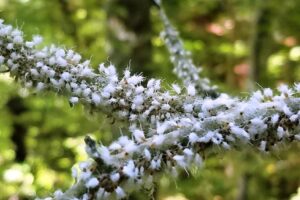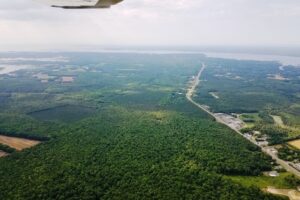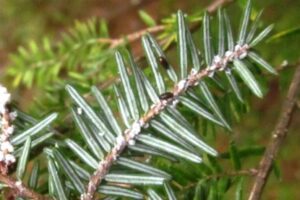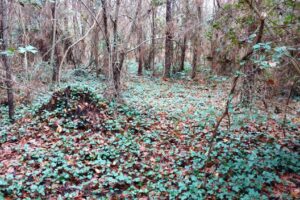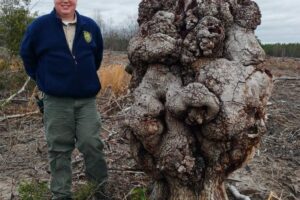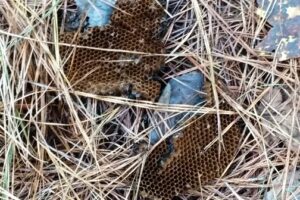Field Notes: What’s in the Woods Today? September 20, 2018
September 20, 2018 - by Area Forester Lisa Deaton Boogie Woogie Aphids Near the end of August, beech blight aphids, Grylloprociphilus imbricator, appear on American beech trees. They are easiest to find by locating patches of black sooty mold on the ground underneath infested beech trees. In the photo above, the orange fungus on the right was the first thing I noticed. Once I saw the sooty mold to the left, I looked up,... Read More

